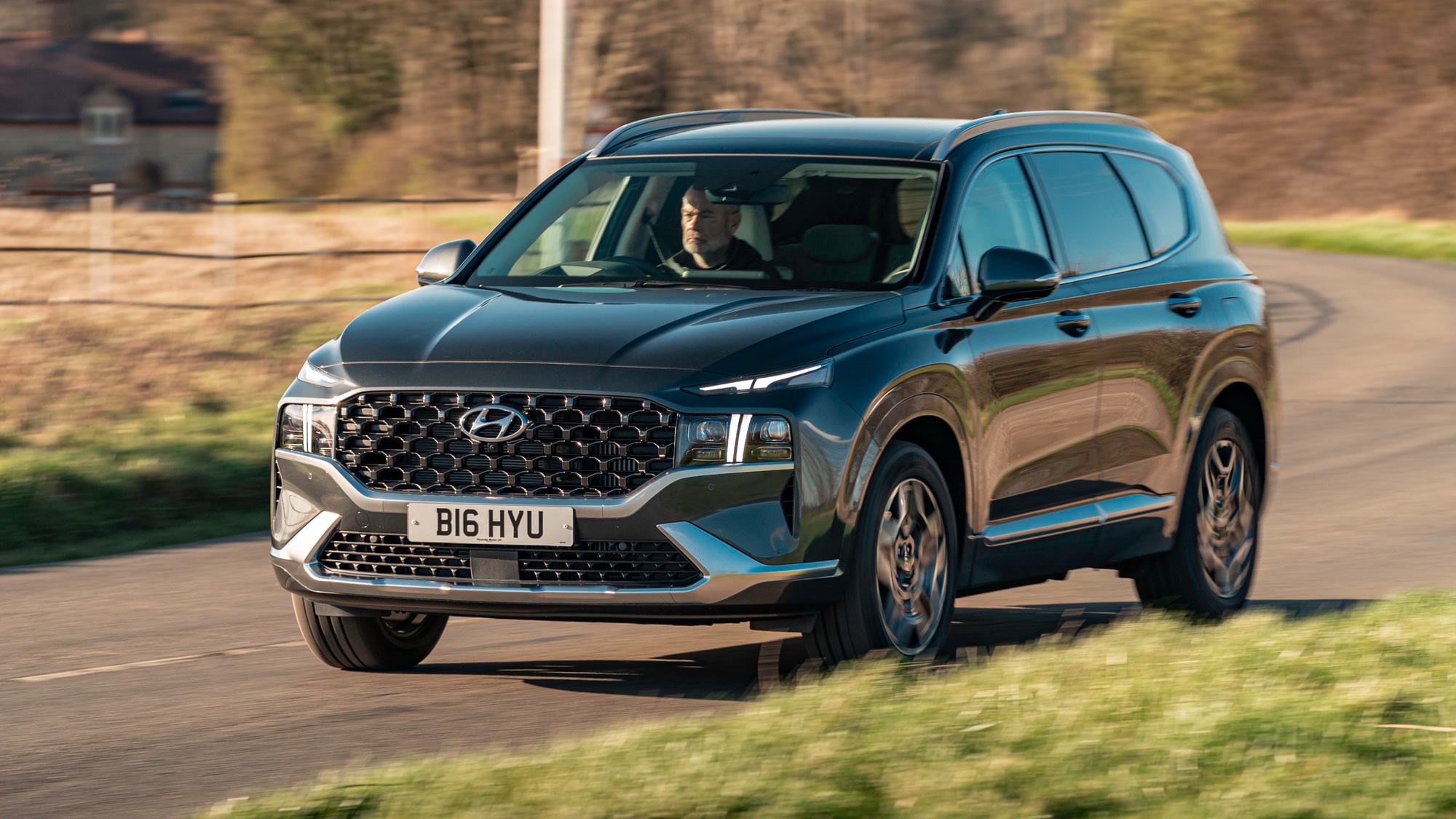Introduction
Autonomous vehicles are poised to radically transform the way we get around. But with all the hype, it can be easy to forget that this technology is still in its infancy and won’t be available for widespread use for years. Plus, as with any new technology, there will be costs associated with adopting it—and these costs could make self-driving cars unaffordable to many Americans even when they’re finally on sale.
The price of autonomous vehicles will be higher than conventional cars.
The autonomous vehicle industry is still in its infancy. As such, there are many questions about how much these cars will cost and how quickly they’ll be adopted by consumers. In order for AVs to become mainstream, they need to be affordable enough for the average person–and right now there isn’t a clear answer as to whether or not that’s possible.
One thing we do know is that AVs will likely be more expensive than conventional vehicles (thanks largely due to their technology). But while we don’t have exact numbers yet, research suggests that prices could range anywhere between $30K-$100K per unit depending on what type of vehicle you buy: luxury sedans vs SUVs vs pickup trucks vs minivans etcetera…
Self-driving features can make existing models more expensive.
Self-driving features can make existing models more expensive.
Self-driving technology is still in its early stages, but already automakers are finding ways to use it in their vehicles. One of the biggest reasons why self-driving cars are so expensive is because they have a lot of sensors that allow them to navigate themselves around town without any human intervention. These sensors require software developers and other professionals who know how to use these systems properly, which adds another layer of cost onto every autonomous vehicle purchase.
Autonomous features might increase the cost of repairs and maintenance.
Autonomous features might increase the cost of repairs and maintenance. You see, autonomous vehicles are equipped with sensors that can detect when something is wrong with the car. For example, if your car’s brake pads need replacing, an autonomous vehicle will let you know by sending a message to your dashboard display. This may sound like a good thing–and it definitely is–but there are some downsides too:
An autonomous vehicle may not be able to tell when something needs fixing until it’s too late for repairmen to do anything about it before serious damage occurs (or even death). So if your brakes start failing halfway through a highway trip, then yes…you could die!
Autonomous vehicles also have built-in software systems designed specifically for detecting problems like overheating engines or flat tires, but these systems aren’t perfect either: They sometimes don’t work properly because they don’t always understand what’s going on underfoot during normal driving conditions (think snowstorms).
Consumers will have to pay for a new technology that they didn’t want in the first place.
In a perfect world, people would have access to the technology they want and can use it whenever they want. But this is not always the case. Consumers are being forced to adopt a new technology that they don’t want in the first place. They will be paying for it even though they can’t use it or see any benefits from using it.
There are many costs associated with adopting autonomous vehicles
There are many costs associated with adopting autonomous vehicles. First, there are the costs of self-driving features. These include software and hardware upgrades that come with new generations of vehicles. This could mean paying for more advanced sensors and cameras to help the car see its surroundings better than before, as well as improved AI software that can process all this information faster than before so it can make better driving decisions in real time (or even anticipate them).
Second, there’s also maintenance and repairs on top of those already necessary for a normal vehicle–things like replacing parts damaged by wear or damage caused by accidents (which will happen more often if your car has no driver). And thirdly, there’s the cost of new technology: when a company first releases an autonomous vehicle model onto the market, they need to spend money developing everything from its design through manufacturing processes; this means ensuring quality control across all aspects involved in making these machines work properly together as well as ensuring compliance with applicable laws regarding safety standards etcetera…
Conclusion
It’s clear that autonomous vehicles will be expensive. But there are also many benefits to them, including safety and efficiency. The question is whether the cost of these benefits will be worth it for consumers or not. We’ll just have to wait and see how things play out!



More Stories
Introducing Safe Autonomous Vehicles
This Guide Helps You Create Powerful Pieces About Technology Autonomous Vehicles
Autonomous Vehicles Will Be Cheaper To Own Than A Car